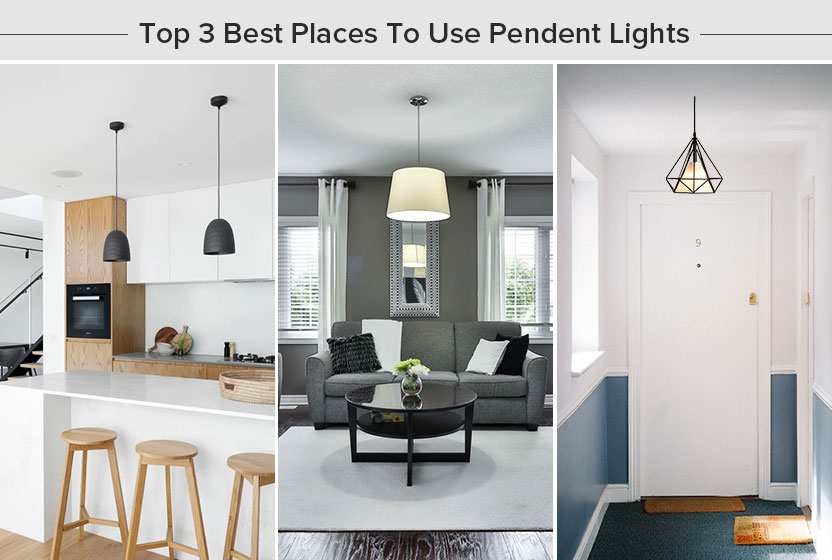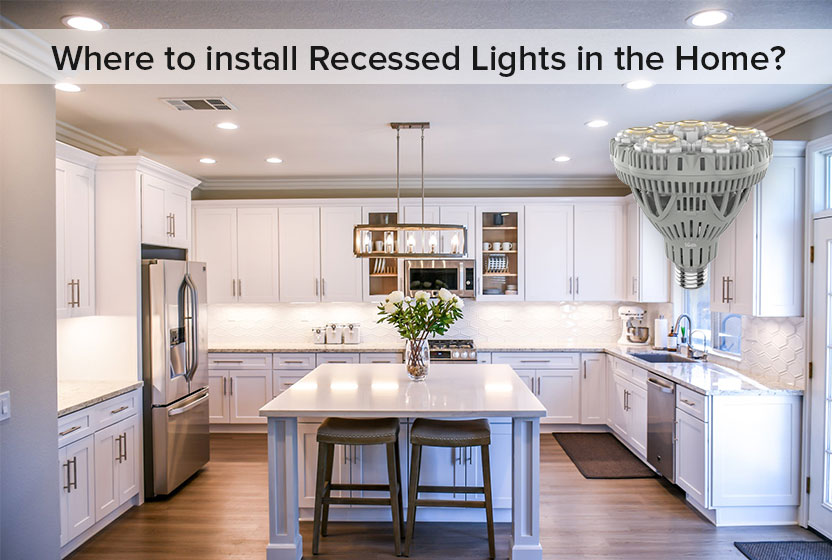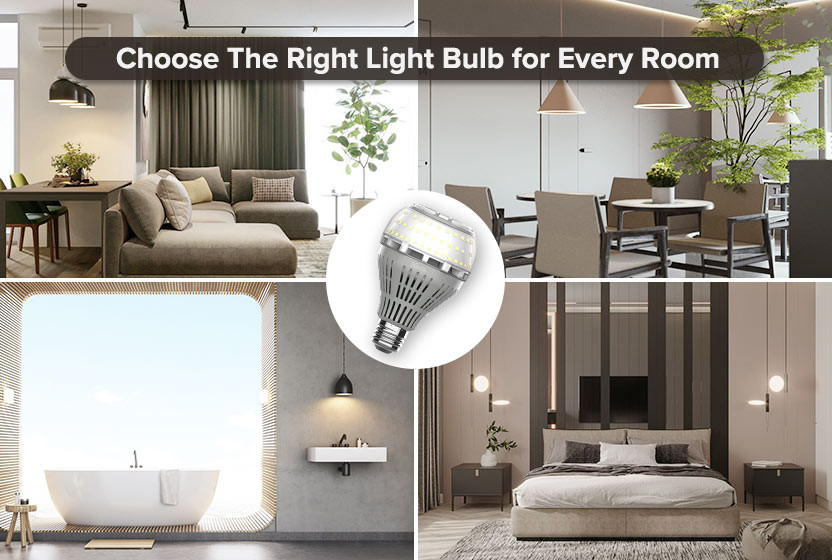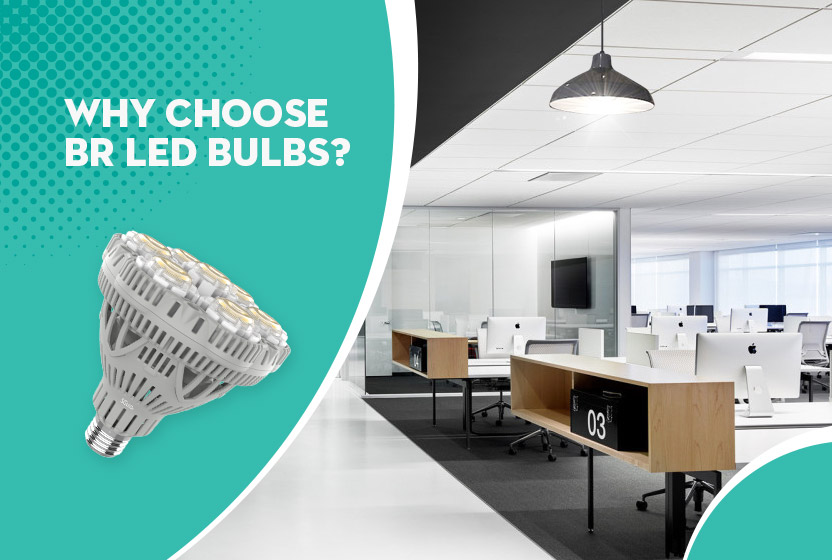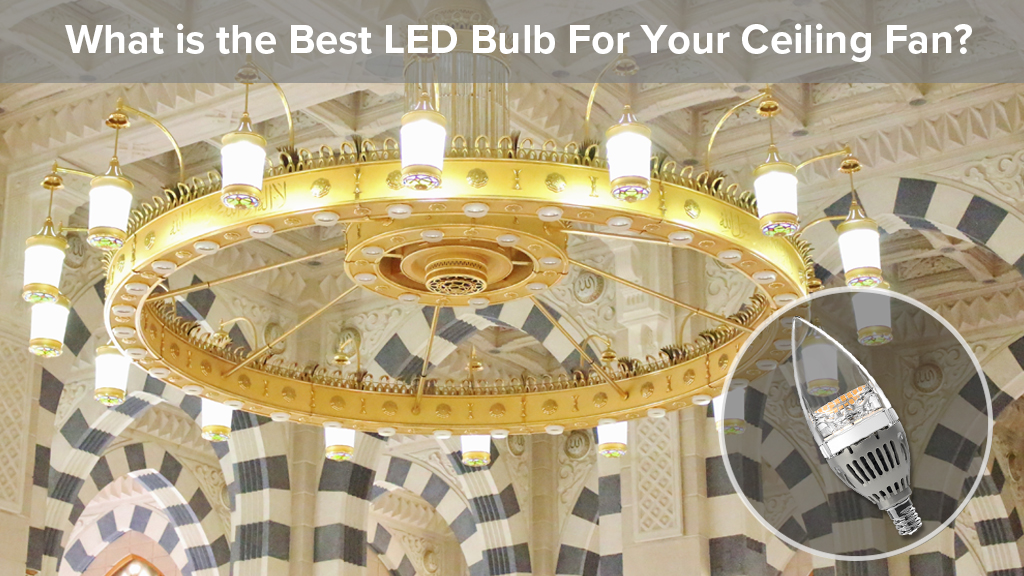Lifestyle: How to Best Light The Living Room
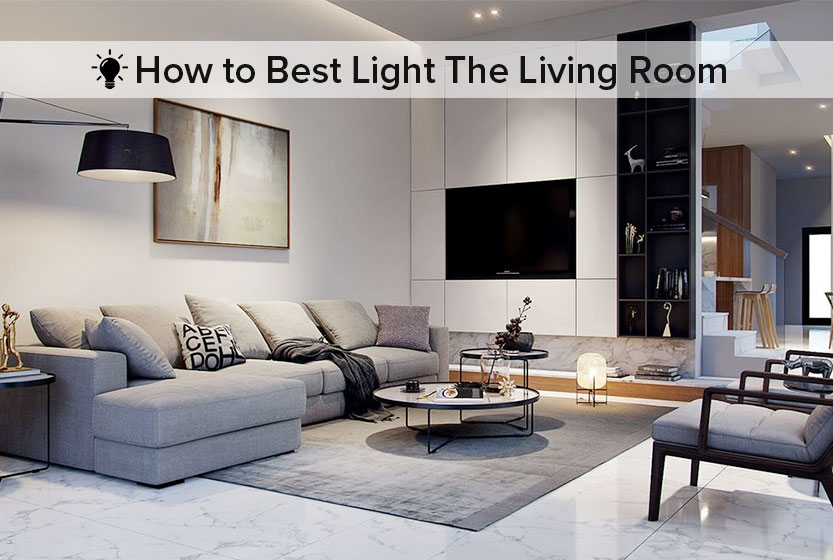
The living room is the social hub of the home. Conversations take place there, movie nights, watching sporting events, relaxing sometimes even activities. Due to the fact the living room has more than one use, it is going to need various lighting solutions to promote these. A multi-use room needs multi-application lights. So, let’s see what kind of layering we can apply in order to make the most of your living room and the lighting within it!
Ambient Lighting
General or ambient lighting for the living room sets the mood for the room. Recessed can lights can be a good option for the living room if you space them out evenly. If you use a uniform pattern and measure out the distances equally, they will set a nice mood. For overhead lighting within the living room coming from multiple recessed lights, somewhere between 3000-3800K would do the trick. This warm yellow light is warm enough to encourage relaxation but bright enough to promote conversations.
If you prefer having a semi enclosed fixture for visual effect, an LED bulb with a warm color temperature with a dimmer is the second-best option. If you get a bright LED bulb of around 22W, two of these would be enough to fill most living areas with warm light. Make sure to look at the design and the color temperature before purchasing as daylight LED bulbs may be too white to be comfortable in a relaxation space. Look for bulbs between 3000-4000K with dimming ability. The dimmer, will reduce the need for such a warm color temperature.
Task Lighting
The living room you may even perform light tasks sometimes. Nightly reading, searching the web, watching tv, playing on the iPad. If you’re doing anything that requires some eye focus, you’re going to need some form of task lighting by where you’re sitting. Now the general lighting overhead is sorted, the more task-oriented lights need to be organized. Apart from the actual lights in the room, the television is probably the other biggest light source in the room. This means it doesn’t need any conflicting light. To prevent glare, you need to space downlights out away from pointing directly down on the TV and avoid table lights or lamps without any shades. The TV needs to be void of any other light interreference to prevent glare and eye strain.
Bias Lighting
Bias lighting on a TV is just placing some form of low level light source behind the TV to reduce eye strain. By using bias lighting behind the TV you’re increasing the visibility of the screen without pointing light towards the viewers. The best way of doing this would be a small LED strip light fitted around the back of TV anywhere between 1200-2600lm. If you want to be more specific you can adopt RGBW strips, and adjust the strip’s color between night and day time. Day time 1000-2700K, night time 3000-5700K. The extra bias lighting for day time may benefit those of us who struggle more with seeing the TV screen clearly.
Desk & Reading Lampshades
These should be placed just under eye level. This is to reduce their brightness and effect on your vision. However, this is in an ideal world, most of us will lay down from time to time, so they’re not always going to be above eye level. This is where strong vertical lamppshades come in. If the lampshade is opaque and only lets light out the bottom and top of the lampshade like a cone effect, you don’t need to worry too much about where the lamp is situated.
Accent Lighting
Accent lighting comes more down to personal choice and the features within the room. Sometimes accent lighting is used in the form of wall sconces or pendants to set more comfort in the room. Sometimes accent lighting is used to highlight a specific feature that stads out in the room. If you’re looking to highlight a wall or create a shadow in the room to set a certain look or tone, use wall grazing lights that will provide soft warm light at anarrow angle to provide this specific look. If you’re looking for modern style, track lights stand out a bit more than recessed ceiling cans. However, from personal experience, track lighting does appear to work better in larger spaces. When there’s a lot of track lights in a more enclosed space, the room can feel and appear a little full. Track lights are great for highlighting features, paintings or certain areas you want to stand out in the room.
3 Point Lighting
Back light: low level light behind the object used to bring out the edges o the object.
Key light: Key light is a light placed at a 45 degree angle from the right of the viewer or camera of the object.
Fill light: A lower level brightness light pointing directly at the object to illuminate and cover any dark areas.
Although 3-point lighting is very effective if the lights are set up around one specific view, they may be overkill in a general use room depending on what and where the object has been placed.
What is the Best Light For Living Rooms?
Although there is no single 1 light that is perfect for every application within your living room. You can obtain the right types of bulbs that provide you with multiple options. SGLEDs 22W LED bulbs do this. With their 4000K beam, they can be applied around the room in various applications. These 22w LED bulbs can be used as overhead ambient lights and table lamps within lampshades. These bulbs can adapt to any of your living room’s needs and they will help your home flourish!
If you’re looking for something adaptable, efficient and cost-effective, SGLEDs 22W bulbs are one of the best investments you can make for your home!
Invest with a long-term strategy and you may see bright rewards short-term!





